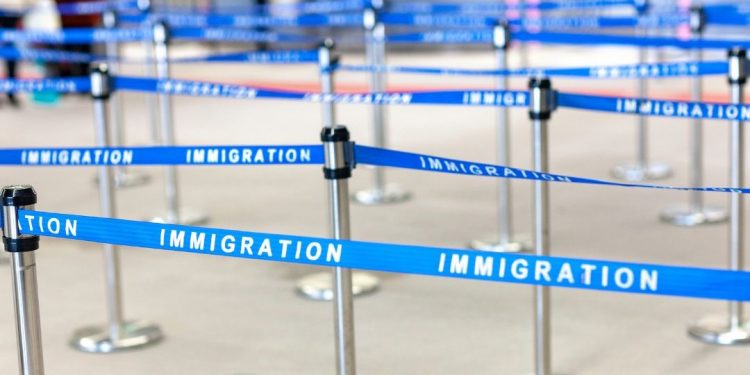Australia made an announcement at the beginning of 2023 that it would be revisiting its visa and immigration regulations in order to alleviate the growing labour shortage, particularly in rural areas. In February of this year, a report on the evaluation is anticipated.
The Australian government has stated that it intends to convert the demand-driven immigration programme from a skills-based visa programme, allowing businesses to have a say in which job openings should be filled.
According to reports, Australia’s Minister for Foreign Affairs, Clare O’Neil, responded to the proposal by stating that, despite the nation’s labour crisis, such a change would upset the immigration system and raise the possibility of negative outcomes.
Australia, like many affluent countries, has issues with an ageing population and has relied on foreign immigrants to help with population growth since 2005–2006. According to Sky News in Australia, the country lacks both professional and unskilled labourers in a variety of industries, including education, healthcare, and hospitality.
The issues were made worse by the country’s stringent lockdowns during the Covid-19 pandemic when the Australian government ordered overseas students, backpackers, and other tourists to leave the country. The nation has stated that it expects to receive more than 235 thousand immigrants between 2022 and 2023 since opening its border to international travel in July 2022.
The Australian government stated this week that “overseas migration is forecast to increase to a nett inflow of 150,000 in 2021–22. It is then forecast to reach the pre-pandemic trend of 235,000 from 2022 to 23 and remain at that level thereafter.”
The return of foreign migration patterns was also greatly aided by the influx of international students, many of whom had been taking online courses throughout the pandemic. International student arrivals experienced a significant uptick in the quarter ending in December 2021 and March 2022 as students who had previously studied online and abroad benefited from loosened border controls.
According to the report, there will be 122,000 more foreign students in Australia by mid-October 2022 than there would be by mid-December 2021.
Prospective immigrants to Australia can generally choose between working and student visas. While the ability to communicate in English and enrolment in an accredited university are the main requirements for the student visa, there are more considerations for the working visa.
Similar to Canada’s Comprehensive Ranking System (CRS), Australia uses a points-based system to calculate an applicant’s eligibility for obtaining a visa. This system considers the applicant’s age, educational background, skills evaluation, and English proficiency scores on tests like the IELTS or PTE.
A three-digit ANZSCO code, the shorthand for the Australian and New Zealand Standard Classification of Occupations, is given to each occupation and is equally significant. The code that corresponds to the applicant’s skill set decides whether they can independently apply for the visa or if an official invitation is needed first.
According to a report from the Australian Census Bureau from 2021, there are about 780 thousand Indians living there, making up 3.1% of the country’s overall population. About 362 thousand men and 310 thousand women of this total were born in India, although many more were born in Australian households of Indian descent.
Since the 1800s, Indians have played a key role in Australia, but since the early 2000s, their numbers have dramatically expanded, partly as a result of laws that encourage the immigration of talented professionals.
For instance, the Census reports that 37,232 Indians entered the nation between 1991 and 2000; however, between 2001 and 2010, the number increased to 2,10,312; and between 2011 and 2010, it increased to 3,70,590.
The sociocultural makeup of Australia also reflects this. Many individuals speak Punjabi, Hindi, Gujarati, Urdu, Bengali, Malayalam, and Tamil, and more than 680 thousand of them identify as Hindus and more than 2 thousand as Sikhs.











